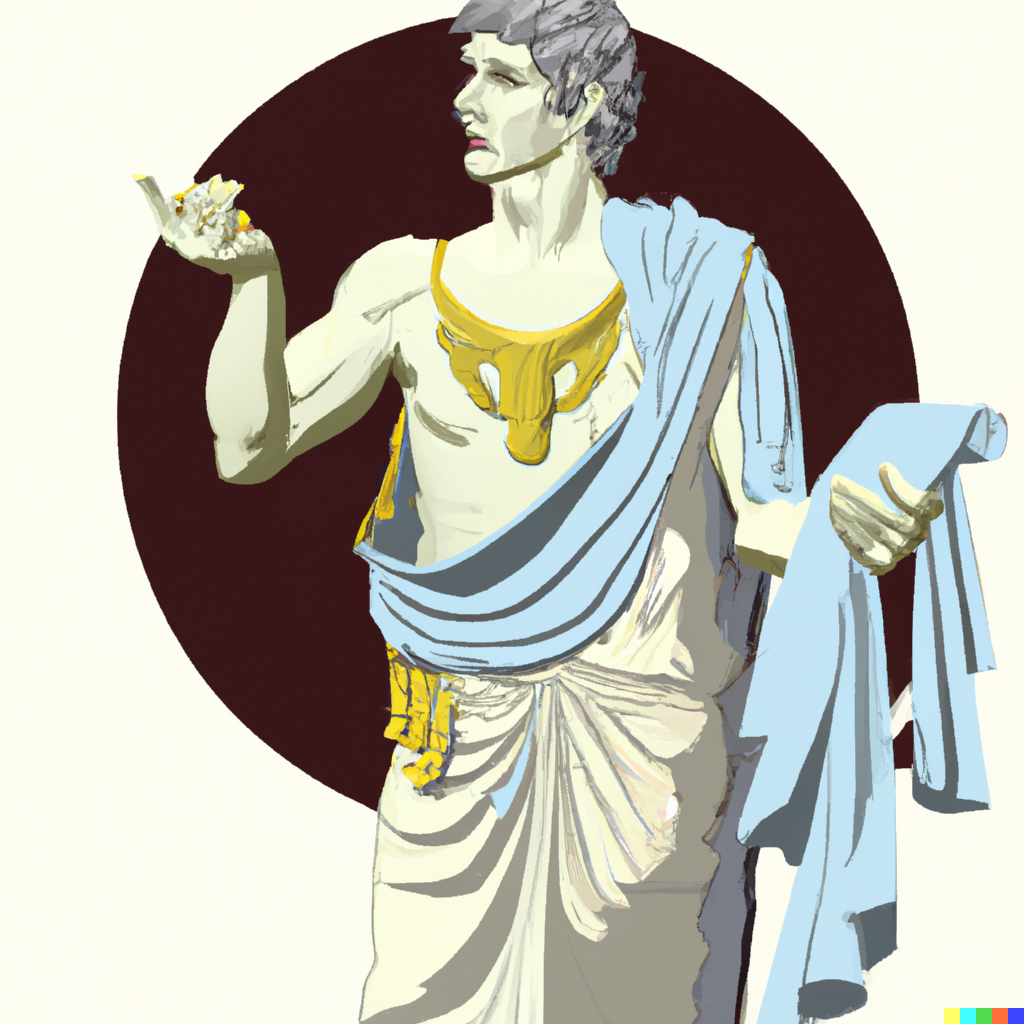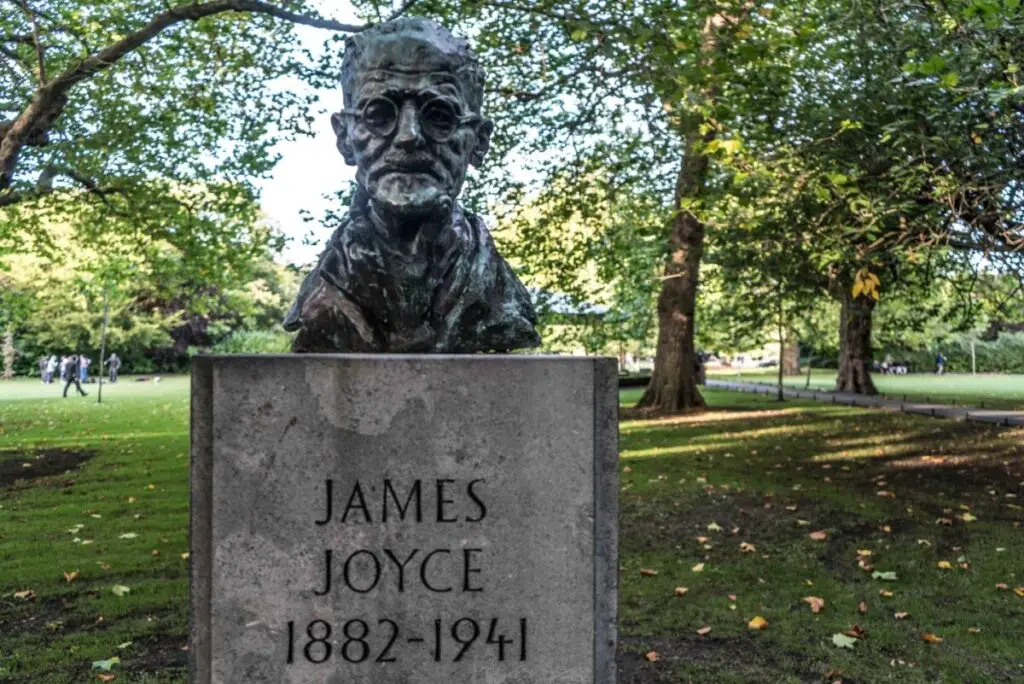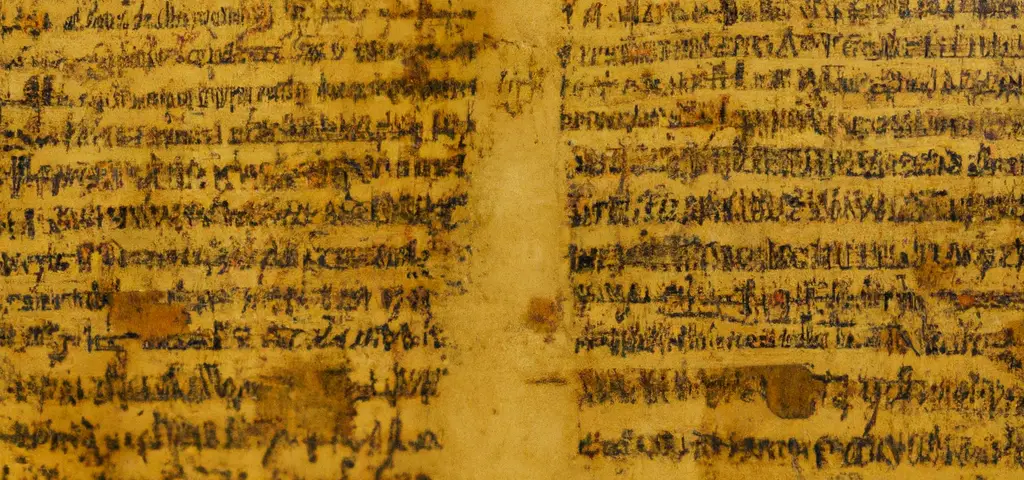|
Getting your Trinity Audio player ready...
|
What is the history of literature? Well, we know it is long and rich, dating back to the earliest forms of human expression. It seems, as long as human culture has existed, people have felt the need to tell stories. Through them, people across history have explored themselves and their values, and reflected those values back into wider society.
The History of Literature, from the ancient oral tradition of storytelling to the written works of today, literature has played a pivotal role in the development of human culture and civilisation. And as they developed, so has storytelling. Preserving words on paper meant experiments and complex storytelling.
Oral Storytelling

One of the earliest forms of literature was oral storytelling, which was used to pass down stories, legends, and myths from generation to generation. The oral tradition was the primary means of storytelling in many ancient cultures, including those of the Mesopotamians, Egyptians, Greeks, and Romans.
People have always told stories to reflect themselves, their experiences, their culture, and more. Before the written word, the oral tradition was how stories were preserved. Storytellers used forms such as chant, epic poetry, and song. Elements such as metre, repetition, and rhyme were key to helping people memorise the tales.
In many traditions, listeners sat around the storyteller in an intimate circle. The storyteller imbued the story with their own personal touches. Extrapolating from oral storytelling traditions that continue to this day in some cultures, this included dance or even props. These techniques helped people remember the stories.
Because the stories weren’t codified in a set form, they remained as living, breathing things. Different storytellers stressed or added different elements that reflected their own personalities and interests. The intimacy allowed the storyteller to mould the content of the performance to any given audience. A few subtle changes could make a story more relevant to an audience of a particular location or culture.
And what is the history of literature if not the story of how people shaped the stories they were told?
This accounts for why there are so many variations on the myths of ancient Greece, for example, rather than the consistency that comes from recording in the written word.
The Birth of Writing
We can trace the earliest written literature back to ancient Mesopotamia and Egypt. In both cultures, we primarily used writing for the recording of history, laws, and other important information.
They weren’t at the point of writing stories down, but it was still a key step in the evolution of literature. Writing at that point wasn’t in ink but pictographs and then cuneiform carved into stone tablets. Pictographs were simple pictures representing objects and concepts, whereas cuneiform used more abstract symbols and was more sophisticated.
Tablets preserved from this period include bureaucratic records, such as food rations and marriage contracts. One clay tablet, for example, documents the everyday life of a student in ancient Sumeria.
Something closer to what we would now consider literature emerged with the writings of Enheduanna, a priestess and princess. She wrote religious poetry rather than narrative.
Ancient Greece, is where literature emanated, as fiction, poetry, and drama. Arguably the most well-known poetry of the era is the work of Homer, the so-called “blind poet”. He originally delivered his seminal works, The Iliad and The Odyssey—about the Trojan War and its aftermath—orally. They were written in ink, during his lifetime, sometime around the late 8th/early 7th century BC. We still have them today and they add to our understanding of the history of literature.
Playwrights like Aeschylus, Sophocles, and Euripides wrote some of the most influential works in the Western canon. We are fortunate the scripts of the plays were written down and preserved in public and private libraries.
The ones considered most notable which we still have today were copied by scribes.
The Middle Ages and the Islamic Golden Age
During the Middle Ages, literature continued to evolve and take on new forms. In Europe, the rise of Christianity led to the emergence of religious texts and epic poems. The Bible spread across Europe in many translations.
This was a time where most commoners didn’t read, and when there was no way to mass produce books. Each copy, had to be copied by hand, often by monks. And in most cases, it was the priests who conveyed the stories and messages to their congregants. Capturing these stories and messages on paper was an important step in the continued development of literary narrative.

Epic religious poems like the epochal Divine Comedy by Dante Alghieri, was one of history’s most famous narrative poems. It tells the faux-autobiographical story of Dante taking a tour of the afterlife. He journeys through Hell, Purgatory, and finally Heaven, allegorically following a soul from damnation to salvation. Built on the dominant Christian belief of the time, it encapsulates how literature reflects a society’s values.
But what is the history of literature in the Islamic World? All sorts of literature flourished, with writers producing works of poetry, fiction, and non-fiction. Some of the most famous poets of this period were Rumi, Hafez, Saadi, Ferdowsi, Amir Khurrow, and Omar Khayyam. One of the most well-known works is Omar Khayyam‘s – One Thousand and One Nights, a collection of folk tales, including Ali Baba and the Forty Thieves, Sinbad the Sailor, and Aladdin and His Magic Lamp.
The Renaissance

In the Renaissance period, literature experienced a resurgence, as the rediscovery of classical works sparked renewed interest in the arts and humanities. During this time, writers like William Shakespeare, Miguel de Cervantes, and Niccolo Machiavelli produced some of the most enduring works in the history of literature.
Shakespeare is, of course, one of the most famous writers and dramatists of all time. His plays and sonnets are considered by many to be the purest distillation of the human spirit ever captured in literature. During his lifetime, his plays were published in the form of small pamphlet editions called quartos. After his death, they were compiled into large editions called folios, which is why we are fortunate to have them today.
Over the course of his career, Shakespeare’s plays evolved from straightforward to more experimental works. And sometimes he deconstructed or addressed the conventions of theatre within plays.
Around the same time in Spain, Cervantes was deconstructing classic narrative tropes in the form of his world-famous satirical novel Don Quixote. Just as humans are self-reflective creatures, so have some of our greatest literary works reflected on what literature is.
What is the History of Literature after the Renaissance
In the centuries that followed the Renaissance period, literature continued to evolve and diversify, with the emergence of new genres and forms of expression. In the 19th and 20th centuries, writers experimented with new styles and forms, leading to the development of modernist and postmodernist literature.
As an example, in 1847, Emily Bronte utilised a complex nesting narrative structure of a story within a story in Wuthering Heights. It plays with perspective on multiple levels as, whenever a new narrator speaks, they are being relayed by a framing narrator. Furthermore, some of the narration appears in the form of pieces of letters and diary entries, known as epistolary style. In other words, Bronte was taking forms of non-fiction writing used in daily life to tell a fictional story.
The postmodern writers of the early 20th century took the literary form even further away from simple narration. Writers such as Virginia Woolf and James Joyce were known for stream-of-consciousness writing. This narrative style attempts to capture in words how the human mind actually works. People don’t think in complete sentences. Therefore, stream-of-consciousness is made up of sentence fragments, invented words, strange punctuation, repeating loops, and more.

The last chapter of Joyce’s Ulysses is set in the mind of the protagonist’s wife, Molly Bloom. Despite comprising over 24,000 words, Joyce divided the chapter into only eight loosely structured sentences. Ulysses, overall, follows the life of a man in Dublin over one day full of many strange literary diversions. Literature at this point had evolved to where a traditional story wasn’t needed.
Ulysses is regarded by many to be the greatest novel in the English language.
Final Thoughts
Modern literature is still a vital and vibrant form of human expression, with writers from around the world continuing to produce works that challenge, inspire, and entertain. The history of literature is the history of human creativity, imagination, and the enduring power of the written word.
Sources:
The evolution of storytelling – Melissa Mendoza – May. 1st, 2015
Oral Storytelling, Ancient Myths, and a Narrative Poem – LINDA CRAMPTON APR 22, 2022
Who was Homer? – Daisy Dunn, Historian and writer – 22 January 2020
How Have Works of Greek Drama Survived? – Spencer McDaniel – June 5, 2021
Literature and poetry in the abbasid and early islamic period
Don Quixote and critical traditions

